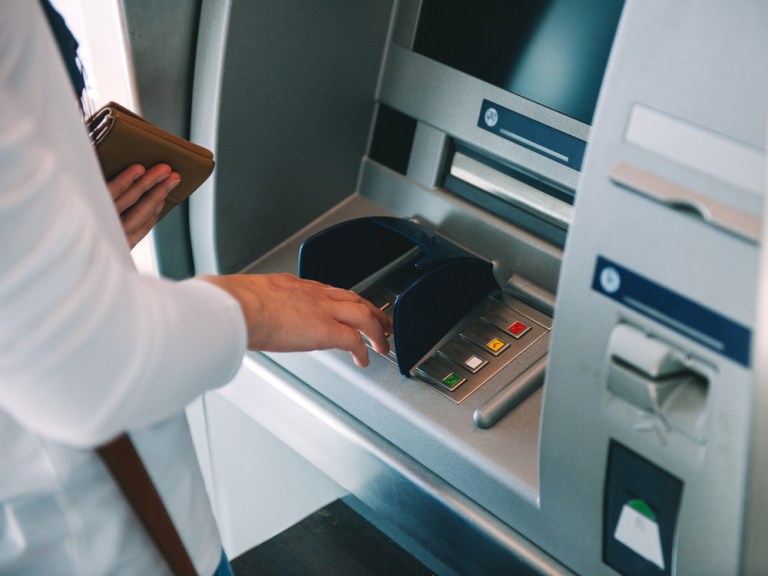
The U.S. Supreme Court made a significant decision in a complicated case regarding ATM fees Monday (April 15), putting the spotlight on the use of cash and access to it.
While ATMs represent a decidedly analog approach to personal finance, data and anecdotal evidence show that ATMs are still a preferred option for millions of consumers.
But first, the decision. Or, better yet, the lack of a decision. The court decided not to review a case brought by three ATM manufacturers accusing Visa and Mastercard of unfairly setting fees for ATM transactions. In short: the case will continue.
Visa and Mastercard had asked the court to look into a decision made by a lower court that allowed the case to proceed as a class-action lawsuit. The lower court had agreed to certify two “classes” of people as part of the lawsuit: ATM owners and customers who claim they were overcharged. The plaintiffs alleged that Visa and Mastercard worked together to keep ATM fees high and limit competition between ATM networks.
The decision not to intervene means that the certification of these groups will stand. This case revolves around whether the lower court was right in certifying these groups under a specific legal rule called Rule 23. Under Rule 23, judges must decide if the facts common to all members of the group are more important than individual differences. Different courts have different interpretations of how strict or relaxed they should be when applying this rule.
Visa and Mastercard argued that the lower court’s decision to certify the groups was wrong because there wasn’t enough common evidence to prove that everyone in the groups was harmed in the same way. They also claimed that many of the people included in the groups weren’t actually harmed. However, the appellate court disagreed, saying that the lower court had applied the correct legal standard and made no mistakes in its decision.
According to a Bloomberg Law report, the outcome of this case could have significant implications for how similar lawsuits are handled in the future. Some groups, like the DRI Center for Law and Public Policy, argue that allowing these kinds of class-action lawsuits to proceed too easily could lead to unfair outcomes for defendants. The center filed an amicus brief supporting Visa in its suit against the National ATM Council recently that sets out the importance of the “class” delineations in a class-action suit such as this.
“The decision to certify a class of plaintiffs uniquely raises the stakes of civil litigation,” the brief stated. “Although certification under Rule 23 is procedural, it marks a turning point in the litigation by defining the number of claims and the scope of the defendant’s potential aggregate liability. The decision to certify a class and the determination of the number and types of plaintiffs that comprise the class are often more important than the merits of the claims asserted. Simply put, the class certification decision is the whole ballgame in class-action litigation.”
So the “whole ballgame” here goes beyond the issue of swipe fees for ATMs. But for millions of consumers — and dozens of companies in the financial services ecosystem — ATMs are changing to become more interactive and take on different tasks than simply producing paper currency. Most estimates put the number of ATMs still in use at around 450,000 after peaking at 470,000 pre-pandemic.
According to cash automation manufacturer and distributor Wittenbach, ATMs continue to grow in nontraditional locations, such as boutique retail stores, doctor offices and restaurants. The company said it’s also seeing demand for mobile ATM locations that can be transported easily to locations with a variable amount of foot traffic.
And they are performing different services in the connected economy. For example, NCR Atelos, which operates the largest ATM and what it calls Interactive Teller Machine network (ITMs), is positioning its machines as a full-service location that can allow deposits, cash recycling and access to account information. By making cash more convenient, it says, branch employees can be more productive and customer-centric.
According to Atelos, around half of the 66% of people who earn less than $100,000 still use cash regularly. “And more than half of respondents across all demographics still like to have cash with them when they leave home,” a company report stated.
“Meanwhile, another study suggests that, for 30% of customers in the U.S., cash remains their preferred payment method. Cash may no longer be the default payment method, but demand remains high across the entire population.”